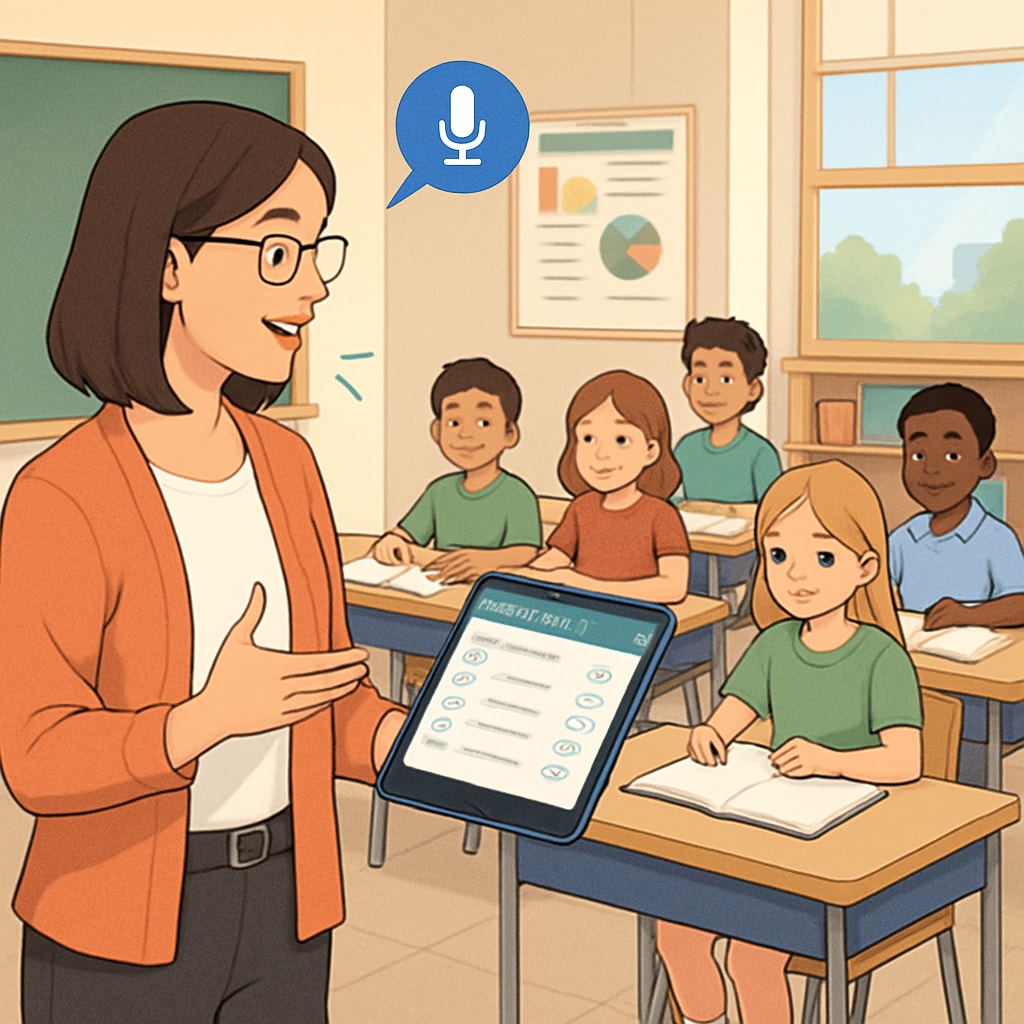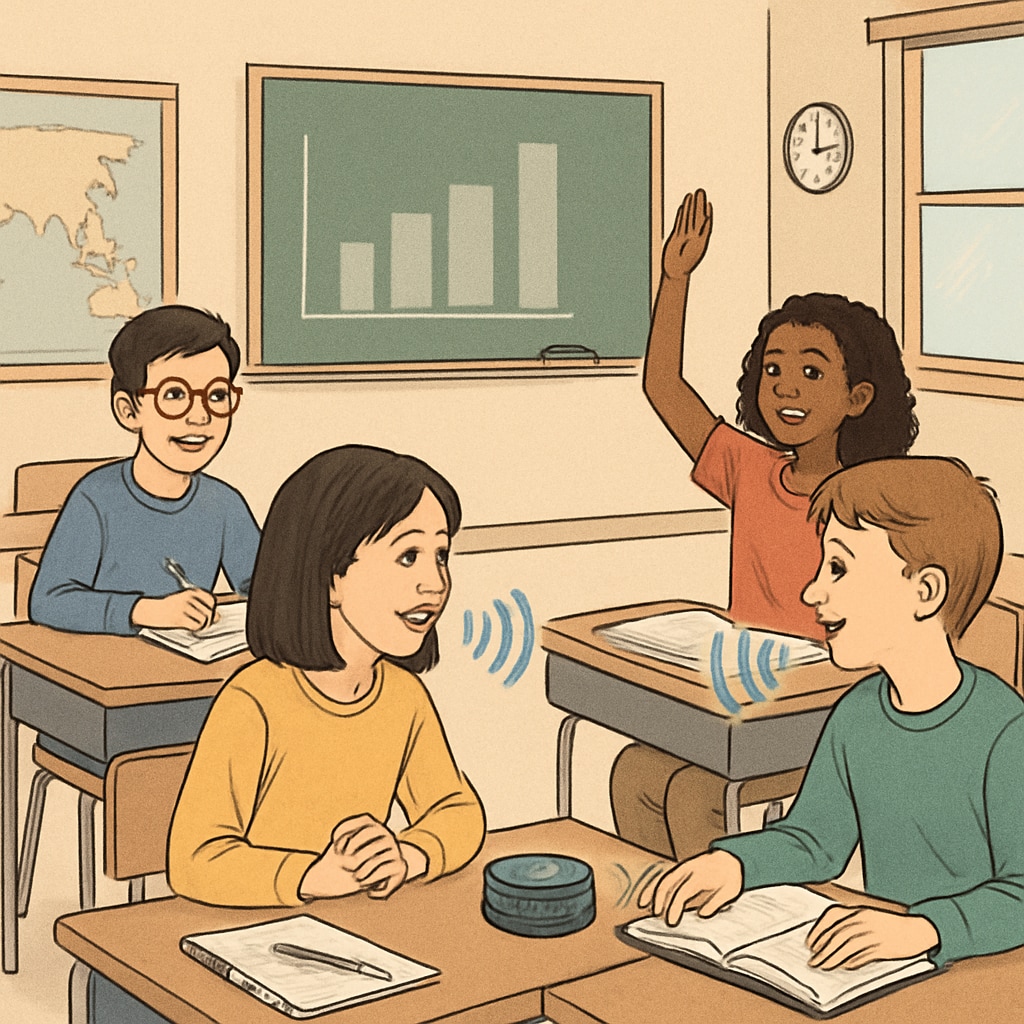As education increasingly integrates technology, speech recognition has emerged as a game-changer for enhancing classroom dynamics. Tools like WillowVoice are paving the way for K12 educators to boost education efficiency, streamline student feedback, and foster deeper engagement. This article explores how WillowVoice revolutionizes classroom interactions, allowing teachers to focus more on teaching and less on administrative hurdles.
How Speech Recognition Elevates Teaching Efficiency
Teaching is an intricate balance of instruction, classroom management, and personalized feedback. Speech recognition technology, such as WillowVoice, simplifies these processes by automating repetitive tasks. For example, teachers can use voice commands to record attendance, retrieve lesson plans, or even grade assignments. By reducing the administrative workload, educators can dedicate more time to meaningful student interactions.
Additionally, speech recognition tools are designed to understand complex academic terminology, ensuring seamless integration into specialized subjects like science or mathematics. This precision minimizes errors and enhances the reliability of automated feedback systems.

Enhancing Student Engagement Through Interactive Learning
One of the most significant advantages of speech recognition is its ability to make learning more dynamic. WillowVoice enables real-time interaction by allowing students to participate through voice commands, whether answering questions, collaborating on group projects, or engaging in class discussions. This interactive approach caters to diverse learning styles and encourages active participation from all students, including those who may be hesitant to speak up in traditional settings.
For example, students can verbally respond to quizzes or submit voice-based assignments, which not only saves time but also provides a more inclusive platform for learners with writing or typing difficulties. As a result, the classroom becomes a more equitable environment where every voice is heard.

Streamlining Personalized Feedback with WillowVoice
Personalized feedback is crucial for student growth, but it can be time-consuming for teachers to provide. WillowVoice addresses this challenge by analyzing students’ verbal responses to identify strengths and areas for improvement. Teachers receive comprehensive insights, enabling them to tailor their teaching strategies to individual needs.
Furthermore, speech recognition technology helps in tracking progress over time. By analyzing patterns in students’ speech, WillowVoice can pinpoint recurring challenges, making it easier for educators to implement targeted interventions. This data-driven approach ensures that no student is left behind.
In addition, parents can benefit from this system as well, receiving detailed voice-based performance reports to better understand their child’s progress. This seamless communication strengthens the connection between home and school.
The Future of Classroom Technology
As tools like WillowVoice continue to evolve, the potential for transforming education is immense. Future advancements could include multi-language support to cater to diverse classrooms, or AI-powered predictive analytics to anticipate student needs before they arise. By integrating these technologies, schools can create a more adaptive and responsive learning environment.
However, it is essential to address challenges such as data privacy and equitable access to technology. Ensuring that all students, regardless of socioeconomic background, can benefit from speech recognition tools is vital for their widespread success.
In conclusion, WillowVoice demonstrates how speech recognition technology can enhance education efficiency, simplify student feedback, and boost classroom engagement. By reducing administrative burdens and fostering a more interactive learning environment, it empowers both teachers and students to achieve their full potential.
For more information on speech recognition in education, refer to authoritative sources such as Speech Recognition on Wikipedia or Speech Recognition on Britannica.


